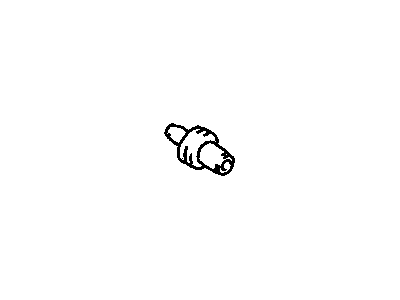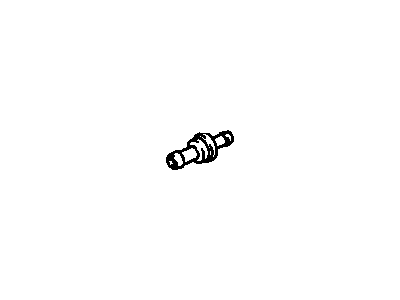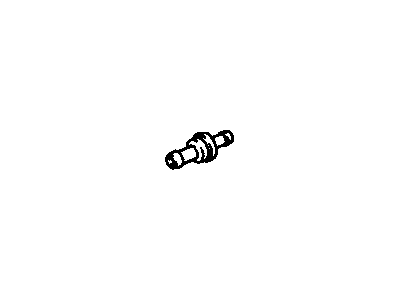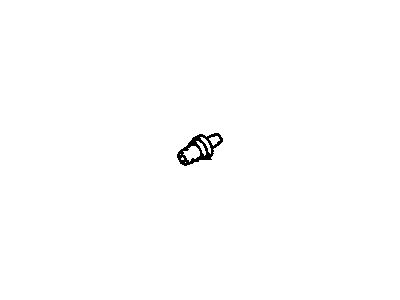
My Garage
My Account
Cart
Genuine Chevrolet Tracker PCV Valve
Position Crank Ventilation Valve- Select Vehicle by Model
- Select Vehicle by VIN
Select Vehicle by Model
orMake
Model
Year
Select Vehicle by VIN
For the most accurate results, select vehicle by your VIN (Vehicle Identification Number).
5 PCV Valves found
Chevrolet Tracker PCV Valve
PCV Valve is an emission control and engine performance improvement element incorporated in the Chevrolet Tracker. When the PCV Valve recirculates combustion byproduct gases back into the engine's combustion chambers it does not harm the environment nor does it allow oil sludge which is a detriment to the engine to build up in the crankcase. A PCV Valve functions on the conditions of the intake manifold vacuum, whereby at idle, it restricts the gas flow so that the engine does not lean in running and at higher RPMs or under load, it allows for a higher amount of blow-by gases. This mechanism helps in fresh air and crankcase gases expulsion without any problems with the working of the engine. Furthermore, the PCV valve sits in as a flame arrester in case there is a positive pressure within the crankcase due to applications like turbo charging, backfire amongst others. Maintenance of PCV Valve is highly recommended to avoid problems such as contaminated engine oil, oil loss, and excessive fuel consumption that will cost a lot of money to be fixed.
Each OEM Chevrolet Tracker PCV Valve we offer is competitively priced and comes with the assurance of the manufacturer's warranty for the part. Furthermore, we guarantee the speedy delivery of your orders right to your doorstep. Our hassle-free return policy is also in place for your peace of mind.
Chevrolet Tracker PCV Valve Parts Questions & Experts Answers
- Q: How to check and replace a PCV valve on Chevrolet Tracker?A:The PCV valve is screwed into the manifold or pulled out of the camshaft cover in order to check it. The models with sequential multiport fuel injection have their camshaft covers connected to air intake plenum via a PCV hose. Threaded in the camshaft cover is where the PCV valve is fitted. When checking for vacuum unscrew it from the manifold or pull it out of the camshaft cover, start the engine and block the open end of the valve with your finger while idling at that point. If there's no vacuum, change the PCV valve. Disconnecting this hose involves loosening clamps securing it to both sides of the system: on one side it is clamped to a PCV valve and on another side-a camshaft cover. Remove its valve by unscrewing it from an intake manifold or pulling it out from a camshaft cover. Before buying another, ensure you are getting the right PCV valve for your car; compare your old one to confirm they match up. Threading into a manifold and connecting a hose to this part is what one does on carbureted models and those with throttle body injection. For models with sequential multiport fuel injection, attach a hose clamp over its grommet that has been forced through its hole in order to secure it tightly around both elements.







